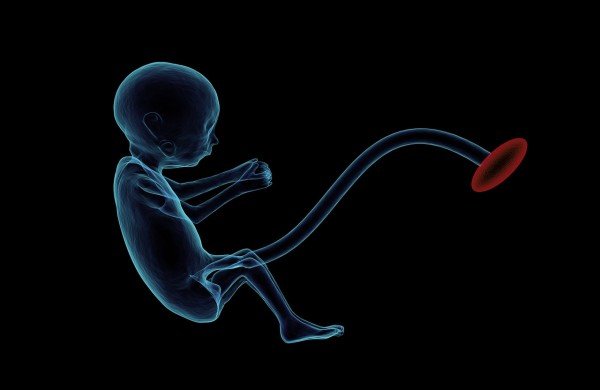
Embryo Placenta Pregnancy Fetus Umbilical Cord
During the month of July, the Parent’s Guide to Cord Blood Foundation joins with communities around the world to spread awareness about cord blood research. After a baby is born, the blood within the mother’s umbilical cord can be collected and stored for the preservation of newborn stem cells. Parents across the world donate newborn stem cells to banks where they can be used in lifesaving transplants for newborn babies in need.
Families can donate cord blood stem cells to public banks for free, or they can donate to a personal family bank. If using a personal bank, the stem cells can be used for their own newborn baby or a relative to treat a medical condition. Stem cells can help treat disorders and developmental issues in newborns, such as thalassemia, autism, and cerebral palsy.
Why Use Cord Blood Stem Cells?
Cord blood stem cells are found in the blood of the umbilical cord and placenta. Instead of wasting the umbilical cord and placenta, also known as the afterbirth, medical experts have discovered that preserving the afterbirth tissue is extremely valuable for medical research. The cord blood stem cells approved as healthy for later use in medical applications are frozen and preserved using cryopreservation.
Cord blood stem cells have been used extensively in the testing of new medical stem cell therapies. The cord blood stem cells are different from embryonic cells or adult cells in that they can develop quickly into needed systematic cells due to their stage of cellular growth. For example, cord blood stem cells can easily develop into supportive cells needed for the healthy function of the immune system, nervous system, or circulatory system.
Diseases Treated with Cord Blood Stem Cells
Cord blood stem cells can be used to treat a variety of diseases. Treatments done with cord blood stem cells are categorized as “allogeneic” or “autologous.” Allogeneic treatments match patients in need with a stem cell donor. The matching donor either is a direct relative or unrelated to the patient. Autologous treatments use the stem cells of the patient to treat his or her specific condition.
Through repairing damaged tissue and restoring the immune system, transplants using cord blood stem cells help in the successful treatment of more than 80 diseases. The following are examples of cancers, bone marrow failure syndromes, and other disorders that are treatable today because of cord blood stem cell research:
- Juvenile myelomonocytic leukemia
- Hodgkin’s lymphoma
- Congenital dyserythropoietic anemia
- Juvenile dermatomyositis
- Sickle-cell anemia (hemoglobin SS)
- α-thalassemia major (hydrops fetalis)
- Tay-Sachs Disease
- Severe combined immunodeficiency
- Reticular dysplasia
- Osteoporosis
Health insurance providers in the United States often cover cord blood stem cell transplants, making therapies more readily available. Many treatment methods using cord blood stem cells are still undergoing experimental research in medical laboratories. Due to the rapid increase in stem cell research around the world, it is only a matter of time before deadlier diseases can be successfully treated using cord blood stem cell transplants.
Help Spread Awareness about Cord Blood Research during July
July is Cord Blood Awareness Month in the United States. In addition to visiting the Parent’s Guide to Cord Blood Foundation website, you can learn about how to contribute to the cause of cord blood research by visiting the National Marrow Foundation’s “Be The Match” campaign page. With your help, the world can be one step closer to the cure for a number of devastating health issues using cord blood research. You can help save lives by joining the registry of cell donors, making a generous financial contribution, hosting a fundraiser in your community, or volunteering at a local hospital. During the month of July, you can also spread awareness about cord blood research on social media networks by sharing “Be The Match” Facebook images and campaign badges.
If you an expecting mother, making the choice to donate your newborn baby’s cord blood stem cells will help to advance stem cell research and save precious lives. To learn more about the wonders of stem cell research, visit our article, “Sin or Savior? The Controversy Surrounding Stem Cell Research.”

















